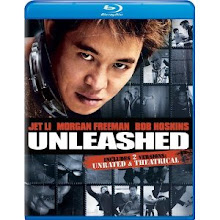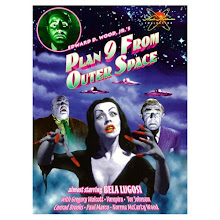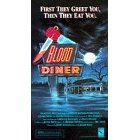by Jason Pyles
Think of the odd, graphically violent comedy of Quentin Tarantino, framed as a western with the charm of “Maverick” (1994), and the entertainment value of “3:10 to Yuma” (2007) — all set in Manchuria, China, and populated primarily with Korean actors — and you’ve got a good feel for “The Good, the Bad, the Weird.”
As Andy noted below, many posts ago, “The Good, the Bad, the Weird” is a South Korean film that’s subtitled, and yes, it’s loosely inspired by Sergio Leone’s spaghetti western, “The Good, the Bad and the Ugly” (1966).
The term “revisionist western” comes to mind, though this movie is even more genre-defying than that — hence its inclusion here. Many films that are blatantly, almost rebelliously, shedding genre conventions are also disregarding tonal unity and clarity, which is to say, they’re all over the place when it comes to dramatic elements, comedic elements, etc. Films like “The Good, the Bad, the Weird” run the gamut, as if written by multiple personalities or my moody ex-girlfriend from high school.
“The Good, the Bad, the Weird” is made with apparent technical skill. First of all, the film looks beautiful. It’s the kind of movie that’s rewarding to simply look at — even if you can’t hear the volume. (And hey, it’s mostly subtitled, so I guess you could watch it as a silent film.) The film opens with a pretty spectacular tracking shot on a train. And at about 61 minutes in, a character leaps toward the camera and sails through the air while the camera is backing up, passing between a railing and then resuming a chase, following the running characters on the ground below. It is phenomenal, and I’m still not sure how that trick was done. In short, this film is worth watching for its cinematography and direction alone.
There’s one last aspect of talent that I’d like to highlight: The actor Byung-hun Lee, who’s like a Korean Ray Park, has a remarkable physicality and agility that’s sort of mesmerizing to watch. In this film he plays “The Bad.” It’s funny to compare him to Ray Park (Darth Maul, Toad), because in “G.I. Joe: The Rise of Cobra” (2009), Park plays Snake Eyes opposite Byung-hun Lee, who plays Storm Shadow. We get to see them face off in “The Rise of Cobra,” which is the only reason to subject yourself to that movie.
Anyway, “The Good, the Bad, the Weird” has a title that’s nearly a mini review of itself, minus “the Bad” portion. It’s good and weird and I recommend it.






























































No comments:
Post a Comment